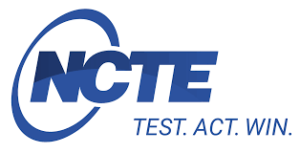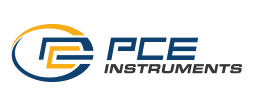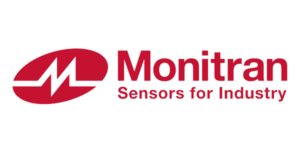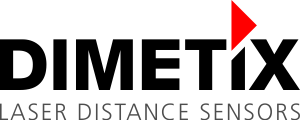Temperature sensors
The temperature sensors are crucial devices for measuring the temperature of an object or environment. They are used in a wide range of industries, including automotive, food, petrochemistry, pharmaceutical and energetic, where accurate temperature measurement is critical to ensuring quality, safety and operational efficiency.
1. Thermocouples
Thermocouples are temperature sensors consisting of two metal conductors of different materials joined at one point. When there is a temperature difference, a voltage is generated at the junction point, which can be measured and converted into a temperature reading.
2. Thermistors
Thermistors are resistors that change their resistance value depending on the temperature. There are two types: NTC (negative temperature coefficient) and PTC (positive temperature coefficient). NTCs decrease their resistance with increasing temperature, while PTCs increase their resistance.
3. RTDs (Resistance Temperature Detectors)
RTDs are temperature sensors that use the electrical resistance of a conducting material (usually platinum) to measure temperature. As the temperature increases, the resistance of the material also increases.
4. Infrared (IR) Temperature Sensors
These sensors measure the infrared radiation emitted by an object to determine its temperature without the need for physical contact.
5. Thermometers of Resistance
They use a material whose resistance value changes with temperature. These thermometers are extremely accurate in constant temperature applications.
6. Semiconductor Temperature Sensors
Semiconductor-based sensors have a resistance that changes with temperature. They are compact and low-cost, ideal for applications in electronic devices.
7. Capacitance Temperature Sensors
These sensors use the variation in capacitance of a material to detect temperature changes. The change in capacitance is converted into a temperature signal.
How to Choose the Ideal Temperature Sensor?
Selecting the right temperature sensor depends on several factors, including temperature range, required accuracy, operating conditions, and cost. It is crucial to evaluate each technology based on the specific application to ensure accurate and reliable measurements.






















